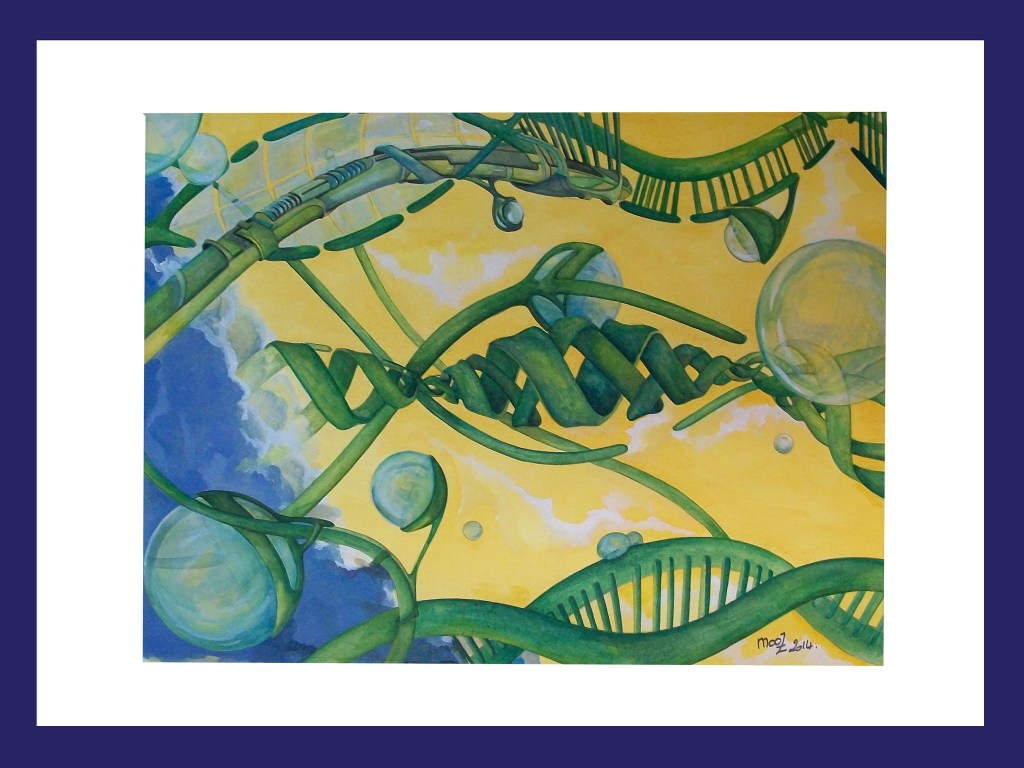The idea of putting yourself in another person’s shoes has been a hallmark of empathy, but whether you’re relating to negative or positive emotion matters, too, according to researchers at the Center for Investigating Healthy Minds (CIHM) at the Waisman Center, UW–Madison.
Empathy, or the ability for an individual to produce a similar emotional state of another person along with wishes for goodwill, can carry positive or negative emotion depending on the state of the person you’re empathizing with. For instance, if someone’s suffering, you may express empathic concern for that person. When sharing another’s joy, you may feel empathic happiness.
But new research suggests empathy – with both positive and negative emotions – may be equally effective in leading people to behave in more generous and prosocial ways.
“These findings could shed light on how we can better inspire people to act prosocially toward each other,” says Sharee Light, a former graduate student at CIHM and current postdoctoral researcher at the University of Michigan Medical School who led the study. “You don’t necessarily need to see a person suffer to want to help him or her.”
In the study, a group of 68 participants watched select clips from the popular TV show Extreme Makeover: Home Edition, detailing one woman’s story in receiving a new house after losing a previous home to a natural disaster. While watching the clips, participants’ facial muscles were tracked using electromyography (EMG), allowing researchers to link facial reactivity to the empathic concern and happiness participants experienced in happy and sad moments throughout the show.
Throughout the session, people in the study were asked whether they wanted to donate themed books to children in a local school district – an action scientists could use to measure prosocial behavior. The team not only found that the intensity of both smiling and frowning while watching the clips predicted people’s willingness to donate a book, but it also predicted the types of books people wanted to donate, with people who expressed more empathic happiness opting to donate books with goodwill themes.
What’s unique, Light adds, is that these prosocial behaviors focused on others –schoolchildren — rather than the original person participants empathized with — the woman in the TV show. In this case, the prosocial behavior did not have to be directed at the person participants were empathizing with, suggesting that empathy has a sustained effect and carries over to participants’ subsequent behavior.
Though the study is the first of its kind to measure how empathic concern and empathic happiness manifests itself in the face, Light says there’s more research to be done to replicate the findings and explore these results further with more sophisticated tools, including functional MRI.
“This empathic happiness could be a route to increase positive emotion,” she says. “More research is needed, but empathic happiness might be one area to investigate to see how it boosts overall happiness. If so, would it be a skill that can be learned?”
— Marianne Spoon




 With breath counting, the team of researchers says it has found that measure. It is, after all, a practice that dates back 1,500 years as a tool to train mindfulness, says Daniel Levinson, lead author of the paper and a graduate student at the Waisman Laboratory for Brain Imaging and Behavior.
With breath counting, the team of researchers says it has found that measure. It is, after all, a practice that dates back 1,500 years as a tool to train mindfulness, says Daniel Levinson, lead author of the paper and a graduate student at the Waisman Laboratory for Brain Imaging and Behavior.











